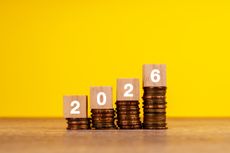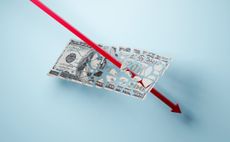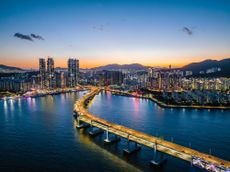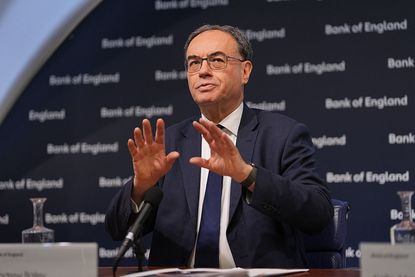Economy
The latest news, updates and features on the UK economy and other global economic stories from the expert team at MoneyWeek.
Explore Economy
-

Key money dates for 2026
We run through the key dates and big money changes coming up in 2026 that could affect your financial health
By Sam Walker Last updated
-

The steady rise of stablecoins
Innovations in cryptocurrency have created stablecoins, a new form of money. Trump is an enthusiastic supporter, but its benefits are not yet clear
By Bruce Packard Published
-

Goodwin: A superlative British manufacturer to buy now
Veteran engineering group Goodwin has created a new profit engine. But following its tremendous run, can investors still afford the shares?
By Jamie Ward Published
-

Is US stock market exceptionalism over?
US stocks trailed the rest of the world in 2025. Is this a sign that a long-overdue shift is underway?
By Cris Sholto Heaton Published
-

Modern Monetary Theory and the return of magical thinking
The Modern Monetary Theory is back in fashion again. How worried should we be?
By Simon Wilson Published
-

Metals and AI power emerging markets
This year’s big emerging market winners have tended to offer exposure to one of 2025’s two winning trends – AI-focused tech and the global metals rally
By Alex Rankine Published
-

King Copper’s reign will continue – here's why
For all the talk of copper shortage, the metal is actually in surplus globally this year and should be next year, too
By Alex Rankine Published
-

UK inflation forecast: where are prices heading next?
UK inflation fell sharply in November. Will this drop be sustained, or should consumers brace for higher inflation readings in 2026?
By Daniel Hilton Last updated
-

The coming collapse in the jobs market
Opinion Once the Employment Bill becomes law, expect a full-scale collapse in hiring, says Matthew Lynn
By Matthew Lynn Published
Opinion
